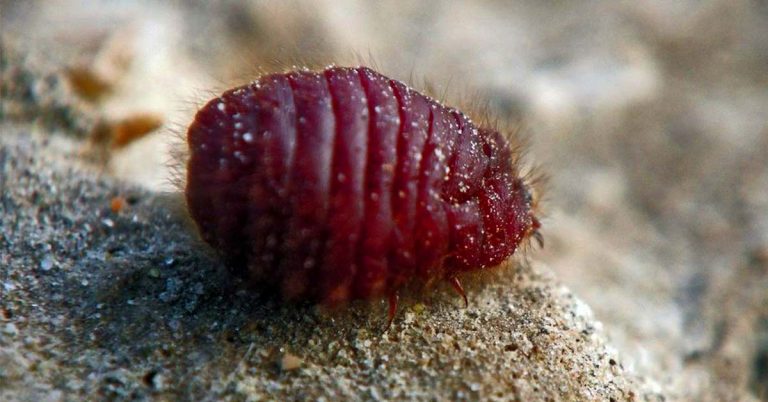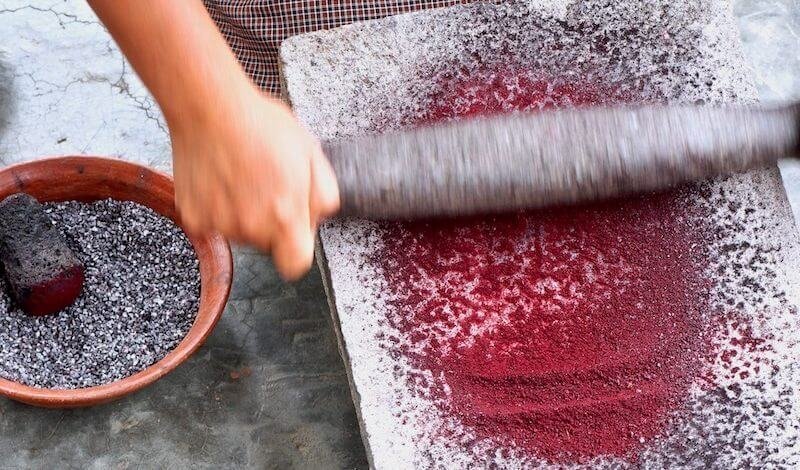Red Color on candy: Made with Bugs or Artificial Dyes?
Table of Contents
The red color is one of the most popular colors in the world. We see it everywhere, from our favorite candy to our national flags.
But do you ever wonder how that bright shade of red was created? The red color comes naturally from a bug called cochineal.
Cochineal is tiny insects that feed on cacti and are then crushed into dye which can be used to create many different shades of red, including scarlet, crimson, and brick-red.
Unfortunately for those with allergies or dietary restrictions, this natural dye cannot be eaten or digested so it is not used in food products like candy anymore.
Artificial dyes have been created as substitutes for this type of natural pigment because they are cheaper and easier to process.
Most artificial dyes are made from petroleum, a byproduct of oil refining that is used to create hundreds of different products including gasoline and plastics.
How Red food color is made
Cherry, strawberry, and raspberry are the most common red food colors. There are different codes for different red food colors. Like Red-3 (Erythrosine), Red-40 ( Allura Red).
Natural Red food color
The cochineal bugs that are used to make these natural dyes are mostly found in Peru and Mexico. Cochineal bugs were also used in the Aztec Empire, which lasted from 1430 to 1521. In Aztec society, cochineal bugs were often used as a dye for fabrics and paintings.

The cochineal scale insect feeds on cactus plants in Peru and the Canary Islands, where it’s been harvested for centuries. The insects produce carminic acid to protect themselves, which also makes them ideal for producing red dyes. One pound of cochineal yields about 70,000 insects.
To make red-4, first cochineal bugs are boiled in ammonia or sodium carbonate solution. The bugs are killed during the process, so they die right away. The mixture is then dried to get rid of any remnants of water. Aluminum is added for color, sulfites are used as preservatives.

Some people believe that using insect-based dyes in foods is unsanitary because pesticides might still be there even after you wash the bugs off.
Some people are worried about the carcinogenic properties of red-40 after it was tested on lab animals, but the FDA approved red-40 as a food color additive in 1955 because there is no evidence that suggests that red-40 causes cancer in humans nor the presence of pesticides after boiling.
Candy and food which uses natural red color should have mentioned carmine, carminic acid, cochineal, or Red 4 as ingredients.
If you see any of those ingredients then be sure that the red color is made from The cochineal bugs.
Artificial Red food color
Red-40 is made from chemicals derived from petroleum. The most common chemicals used to make red-40 are petroleum distillates and Cresylic acid. These chemicals are very inexpensive and the color is stable when exposed to heat, light, or acidic conditions.
Petroleum distillate is made by combining propane with butane in a refinery; the run-off is called naphtha. The refinery separates the naphtha into other parts through a process called fractional distillation. This way the different components of the naphtha can be used for various purposes. In order to create red-40, hydrogenation turns some of these smaller molecules into larger ones so they all have 40 carbon atoms each [1]. These larger molecules then become what we know as petroleum distillates [2].
Cresylic acid is a mixture of hydrocarbons that can be made from coal, petroleum, or shale oil [3]. In order to make Cresylic acid from coal, the coal is burned which turns it into coke. Coke is then mixed with hydrogen in the presence of a catalyst which creates liquid aromatic compounds [4]. These liquid aromatic compounds are separated and cooled so they turn back into solid forms. Finally, these solids are treated with aniline to create Cresylic acid [5].
This process for creating red-40 was first patented by Ciba, now known as Ciba Specialty Chemicals, in 1949. Although some used to make red-40 are carcinogenic, the FDA is confident that the amounts of red-40 used in food are safe.
In the research, it was found out red-40 is a carcinogen [cancer causing] and other researches have shown that dye can cause cancer in male rats and humans.
The substance red-40 has many bad effects like causing cancer and allergies for humans also. So we should avoid using food that contains this coloring matter or we should check before eating it whether it contains red-40 or not.
What makes candy red?
We know that there are two types of red food color; one is naturally made from bugs and another is artificially made from chemicals.
In the time of making candy, any type of red color is mixed with the candy mold.
If the factory uses natural red color then they should mention carmine, carminic acid, cochineal, or Red 4 as ingredients. Keep in mind only these are natural others are totally artificial.
If the factory uses artificial red color then they should mention Red-40, Red-2 as ingredients.
Will we eat Red colored candy?
If red candies are red in color it doesn’t necessarily mean that they contain real red food color.
Red-2 and red-4, both artificial red food colors, which are used to make red foods look aesthetically appealing without spending much money on natural red food color or cochineal extract. But these red colors cause health problems.
Artificial red #40 and #2 are created by cancer-causing chemicals. These chemicals are petroleum-based, so no wonder these can affect the human body badly. Research shows that this chemical causes cancer on kidneys, bladder, stomach, etc. It also affects the DNA of the unborn child inside the mother’s womb leading to autism or cerebral palsy.
So it’s not advisable to eat red candy which is made from Red-2, Red-40 colors.
*Citations*
1. “Chemical intermediate for dye and pesticide is made from petroleum.” Chemical Market Reporter , 18 Dec. 1975, pg. 11
2. Industrial Gases Div., Linde Division (Naugatuck, CT). “Petroleum-based CGL Starting Material; Petroleum Distillate Mixture” fact sheet, 2014
3. Emsley, John . Nature’s Building Blocks: An A-Z Guide to the Elements (New ed.). Oxford University Press, 2011. Print.
4. Shriver Jr., Duwayne S.; Judd Stewart; II; Jack R.
